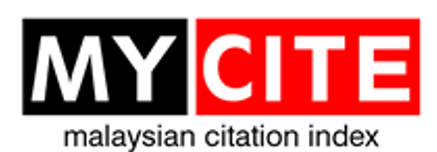Fatty acid composition of marine microalgae in Indonesia
DOI:
https://doi.org/10.51200/jtbc.v10i.256Keywords:
Microalgae, fatty acid, aquacultureAbstract
Marine microalgae are a good source of fatty acids vital for marine organisms. Diversity of marine microalgae in Indonesia could be exploited for marine aquaculture and b i o - f u e l p r o d u c t i o n . H o w e v e r, b a s i c information pertaining to its fatty acid content is vital prior to any initiative aimed at developing this resource. The fatty acid composition of Indonesian marine microalgae is dominated by saturated fatty acids (SFA) instead of mono unsaturated fatty acids (MUFA) and polyunsaturated fatty acids (PUFA). In addition, the f a t t y a c i d c o m p o s i t i o n o f C l a s s Bacillariophyceae is dominated by C16:0 palmitic acid (38.87-47.68%); C16:1 palmitolic acid (0.5-18.61%); C18:2 linoleic acid (1.34- 9.65 %); and C18:3 linolenic acid (0.02- 25.31%). The majority fatty acid composition of class Cyanophyceae is C16:0 palmitic acid (47.33-66.05%); C18:0 stearic acid (9.78-14.16 %); C16:1 palmitolic acid (4.14-12.19%) and C18:1 oleic acid (5.31-24.85%). The fatty acid composition of Prasinophyceae is C16:0 palmitic acid (48.42-53.49%) and C18:0 stearic acid (9.16-12.20%). The fatty acid composition of Nannochloropsis (Eustigmatophyceae) is dominated by C16:0 (32.19%); C16:1 (22.4%); C18:0 (14.38%); and C20:0 (Eicosanoic) 13.4%. In addition, Spirulina platensis contained the highest amount of palmitic acid C16:0 (66.05 %) belonging to SFA.
Downloads
Published
How to Cite
Issue
Section
License
BY: credit must be given to the creator.
NC: Only noncommercial uses of the work are permitted.
This journal provides open access to its content under CC BY-NC 4.0 on the principle that making research freely available to the public supports greater international collaboration and information exchange.












